The historic Flemish city, Bruges is the cultural and historic capital of Belgium. It fascinates tourists of all interests but what makes it a hot destination is its heritage, history and traditions. Every corner is brimming with medieval architecture and enchanting canals. There are many locations in Bruges where you can discover mediaeval architecture but the UNESCO listed, the Flemish Beguinages is an entirely different and silent place with amazing architectural buzz. One must visit this destination to understand the traditions of Bruges.
Let’s take a closer look at this!
Talking About Beguinage de Bruges
A Béguinage is a complex of buildings designed to house beguines. It has been a heritage site for over 750 years and is a pleasant change for visitors. This Beguinage was formed in 1245 by Margaret, Countess of Constantinople, to bring together the Beguines of Bruges, many of whom were widows.
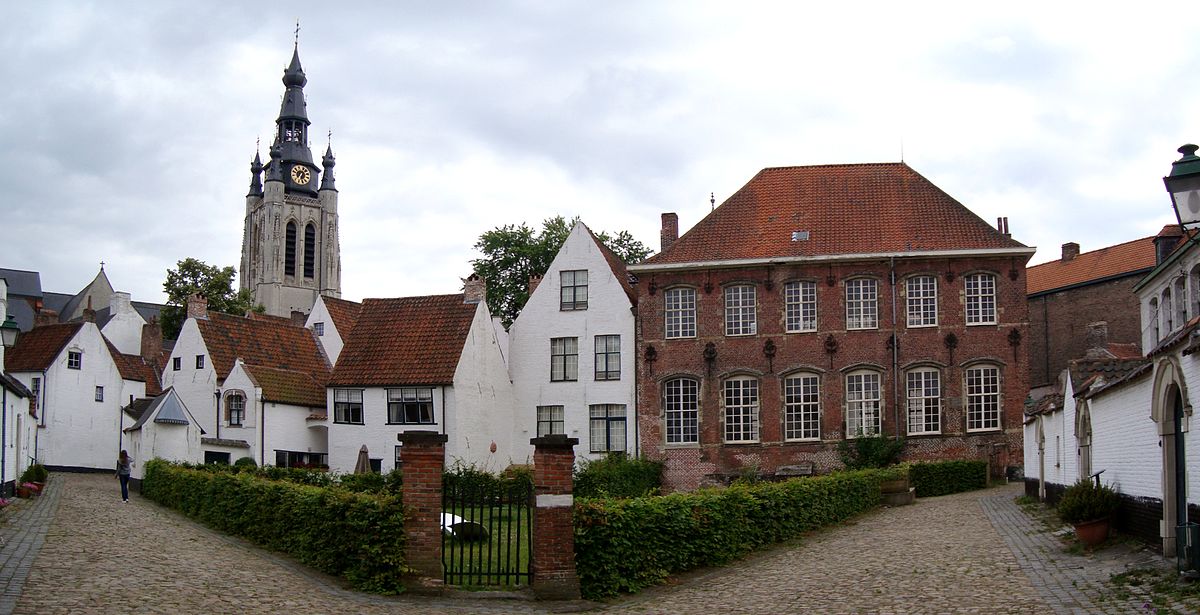
A row of white-coloured cottages known as the Flemish Beguinages in front of a tranquil lawn and the Beguinage Museum is the highlight of Beguinage. Many historical aspects are attached with these cottages [sites] let’s know in depth that why they are present in the list of UNESCO World Heritage Sites!
The Flemish Beguinages
UNESCO World Heritage Sites abound in Bruges, Belgium, despite its small size. Aside from well-known tourist hotspots, there are a number of fascinating UNESCO sites that lie off the beaten path. The Flemish Béguinages are one of them. They are a group of 13 sites in Belgium’s Flanders region. They are exceptional and displays tourists the Beguines’ cultural history, which evolved in north-western Europe throughout the Middle Ages.
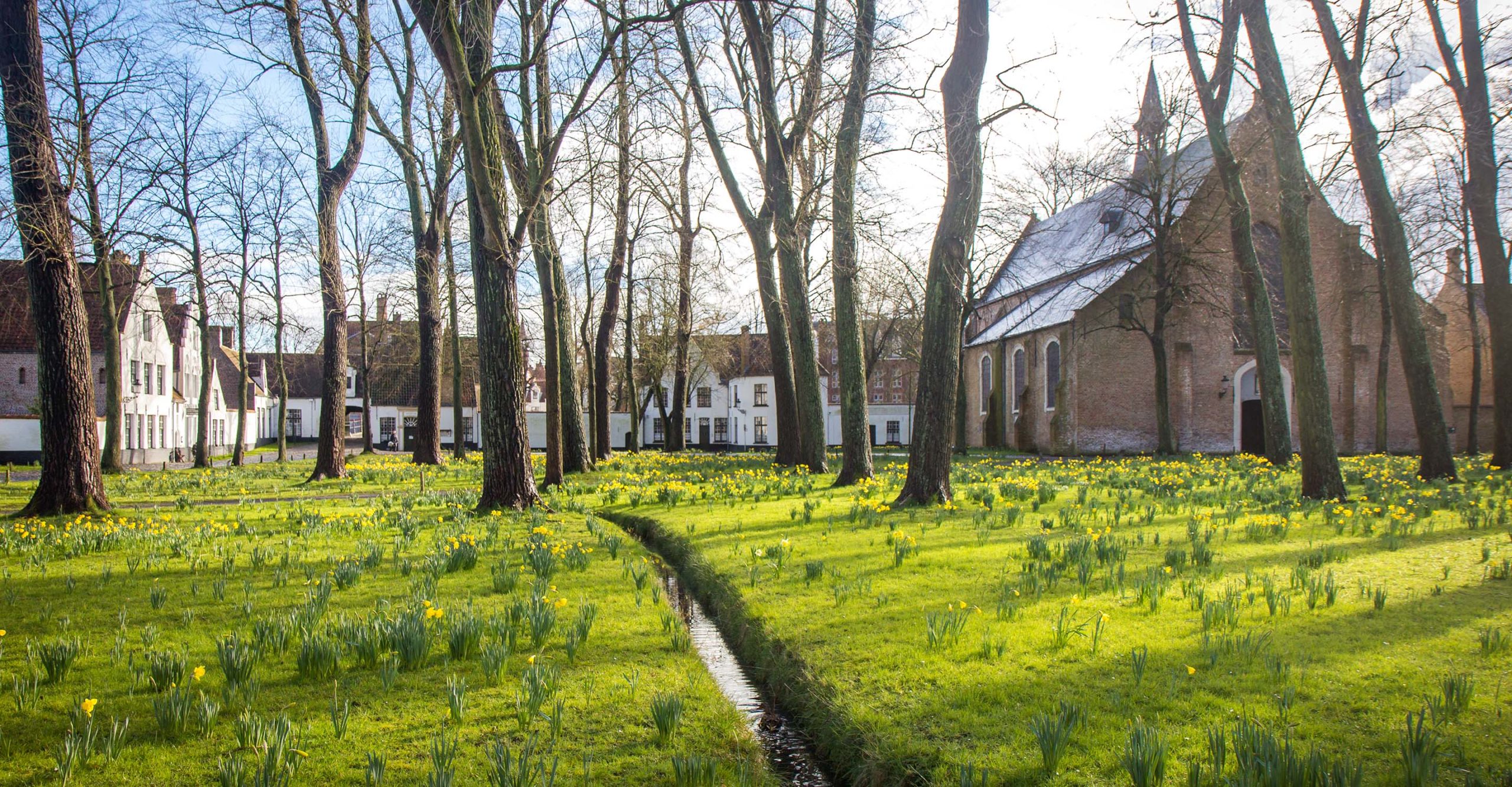
The Flemish béguinages were architectural groupings with walls and canals enclosing them. For tourists, gates are opened throughout the day. In the vicinity, there are dwellings, churches, additional buildings with some gardens that were created in styles unique architectural style depicting the Flemish cultural region.
Historical Facts Related to Flemish Beguinages
Before 1240, a community of religious women established themselves at the ‘de Wingarde’ Margaret of Constantinople built the beguinage in 1244 after requesting permission from Walter van Marvis, bishop of Tournai, to move the tomb chapel atop the Burg of Bruges to the Wijngaard. It was declared a separate town in 1245. It was renamed “Princely Beguinage” in 1299 when it came under the direct jurisdiction of King Philip the Fair. The sites inscribed are the most representative béguinages of the Beguine heritage, as determined by their historical and architectural evolution. Even though many were damaged during World Wars I and II, they nonetheless bear witness to their original function.
Architectural Details of Flemish Beguinage
A gothic beguinage church and roughly thirty white painted dwellings from the late 16th, 17th and 18th centuries make up the complex. Almost every one of them is designed around a central yard. The Wijngaard Bridge, a three-arched stone bridge, leads to the main entrance with a gate.
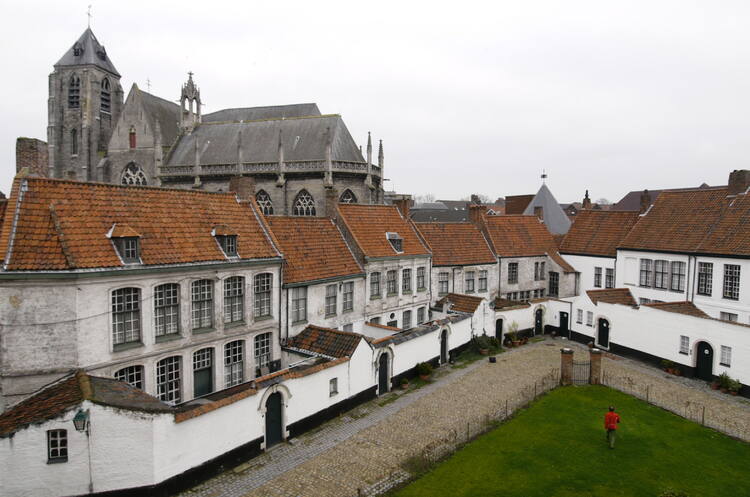
The figure of the holy Elizabeth of Hungary, patron of various beguinages, can be seen in a bay. De Wijngaard is also a Saint Alexius devotee. Hendrik Bultynck, a renowned mason, built the entrance gate in 1776. The original Beguine house, located near the entry, is set up as a museum, with paintings, furniture from the 17th and 18th centuries and lacework on display, among other things. A second gate provides access.
Significance of Flemish Beguinages
UNESCO has designated this as the only preserved beguinage in Bruges. It is also no longer inhabited by beguines. It has been utilised as a Benedictine convent since 1927. They are acknowledged for their cultural significance around the world. Although the Beguine movement is no longer active in Belgium, particularly in the Flemish region.
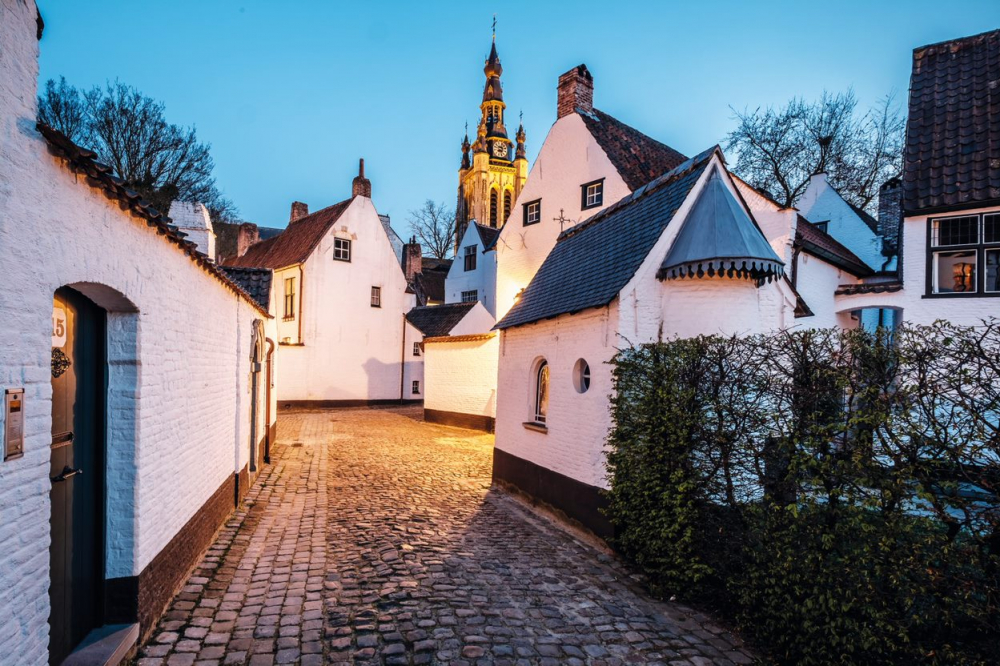
UNESCO has taken steps to preserve these sites as well as the rich cultural history that the Flemish Beguinages represented. The béguinages are a unique testimony to the Middle Ages cultural legacy of independent spiritual women in north-western Europe. The béguinages are an exemplary example of an organisation associated with a Middle Ages religious movement that combines both secular and conventual qualities.
Also Read: Top Tourist Attractions At Abu Mena – Egypt’s UNSECO HERITAGE SITE
Who are Beguines at Flemish Béguinages?
The Beguines were a group of women either unmarried or widowed who entered into a life dedicated to God but without retiring from the world. They want to be a part of society. In the 13th century, they founded the béguinages, enclosed communities designed to meet their spiritual and material needs.
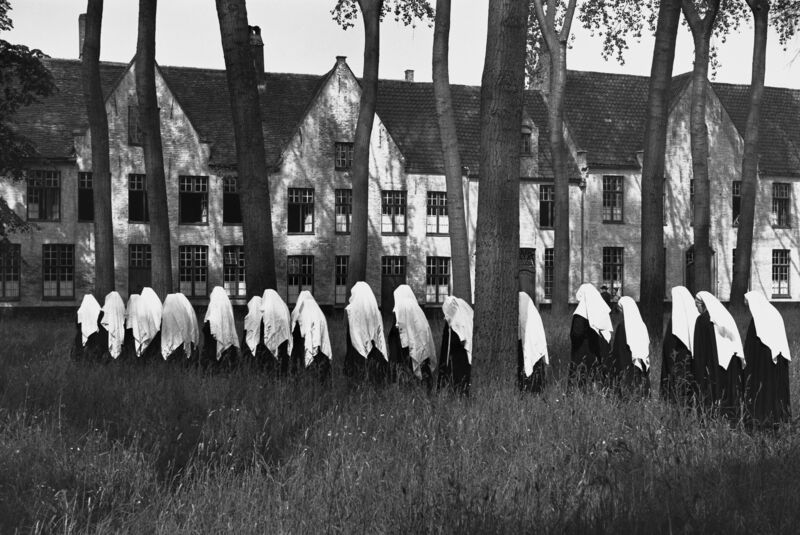
In the 13th century, they founded béguinages, enclosed communities designed to meet their human and divine interests.
Management of Flemish Béguinages
The 13 Flemish béguinages are listed as monuments, sites or urban sites. In a number of cases, singular buildings such as the church or chapel have been listed separately. The béguinages are owned by a variety of people; in some cases, there is a single and different private owner. Thus they making the development of a common management strategy difficult. Any intervention on a béguinage and its components, however, must be authorised by the regional monuments and sites management due to the listed nature of the béguinages.
Protection and Other Details
Béguinages and their surroundings are generally situated as a whole or part in areas of particular cultural and historical interest with the main aim of preserving and developing cultural heritage. Most beguinages, however, do not have a protected zone set by management. If the area was identified at the time of registration, it is now mainly considered low. An assessment is therefore in place that should suggest that the buffer areas of the béguinages should be extended for the appropriate protection and the development of the Flemish Beguinages.
Also Read: Discover Salvador de Bahia- The First Capital of Brazil

